
There’s no shortage of multiplayer games competing for everyone’s attention, so when a new one emerges that promises something new and unique, you can’t help but pay attention. Banzai Games’ upcoming team-based action title Spine is certainly making those promises. Combining hero shooter elements with team-based gameplay, stylish gun-fu combat, and a focus on cinematic action, it certainly seems to have the elements in place to deliver something interesting. Hoping to learn more about Spine, we recently reached out to its developers with some of our questions about it. You can read our conversation with the game’s producer Dmitry Pimenov below.
"Our idea behind the camera is to use a lot of cinematic angles during action, but only when it’s comfortable for the player."
To start off, in the universe of your game, what exactly is Spine technology, and what purposes do the characters use it for?
In our universe, which is quite dystopian, Spine is a body augmentation, an implant connected directly to the spinal cord of all playable characters. For us as developers, it allows us to give our characters supernatural reaction speeds, like parrying a bullet with a katana etc. while maintaining a holistic narrative. Spine in our world is a top-notch military technology, available mostly to highly ranking agents of the government. Of course, our character roster consists both of pro-government and rebel characters, with the latter being forced to get that valuable technology by any means, like stealing or trying to copy it.
Spine is promising a more cinematic experience than most multiplayer games are usually known for. Can you tell us about how the game achieves it, and how challenging it is to make sure that doesn’t get in the way of immediate fun and momentum, which is so crucial in multiplayer games?
Being a company focused on realistic and physics-based animations, we always were impressed by the games like Uncharted, For Honor, God of War, Devil May Cry etc. (one of the latest titles we’re looking forward to is Sifu). In games like this, the camera plays a huge role in the player experience, so we thought – why no one emphasizes camerawork in multiplayer games? Of course, it’s kind of tricky to implement “attack cutscenes with special camera position” or something like that into your action game without breaking gameplay flow, but, for example, many of the fighting games almost always have some kind of “resting” intervals, when you just relax for a few frames and stop hitting buttons – like, when you’re hit by an opponent’s combo, or an x-ray in Mortal Kombat games. So our idea behind the camera is to use a lot of cinematic angles during action, but only when it’s comfortable for the player. We’re quite inspired by our current system — let’s hope the players will like it as well!
What kind of variety should players expect from the different characters that will be available in the game? How much will they differ from each other with strengths and weaknesses?
Just as much as you would expect from modern character-based games like Overwatch, Rainbow Six Siege etc. We strongly believe that players choose their “mains” based on both their looks and gameplay abilities, so our main goal, which I’m personally invested in, is to create a roster as diverse as possible, with each character having a unique skill set and narrative background. You will see both well-known archetypes of characters (like a Medic, Tank etc.), and characters unique to our gameplay as well.
"We strongly believe that players choose their “mains” based on both their looks and gameplay abilities, so our main goal, which I’m personally invested in, is to create a roster as diverse as possible, with each character having a unique skill set and narrative background."
Something that Spine seems to be emphasizing quite a bit is team-play, with different characters being able to boost each others’ abilities. Can you talk a bit more about that, and what form that will take in terms of gameplay mechanics?
I think that in games of a similar genre you can roughly divide player “learning curve” into three stages: 1) learning inputs, and how to time them correctly; 2) learning your characters and their best tactics (rushing in, sniping other players, etc.) 3) and finally, learning to win as a team, even if that means that you will sacrifice your character for that. Because we strive to create an addicting Gun-Fu/Kung-Fu experience, which is often about beautiful duels where all of your weapons and even surrounding objects are used to kick your opponent’s ass, we try to create a system of abilities that encourages players to focus one opponent while they are new to the game. As your character progresses, you will unlock more abilities that will affect your opponents and allies during the match. In terms of gameplay mechanics you can expect a lot of stuff from action movies – like shooting two opponents at once using dual pistols, helping your mates with different gadgets and so on.
The mixture of melee, gunplay, and parkour can elevate a shooter when implemented properly, and Spine is promising the same. Can you talk about what sort of a balance the game strikes between those three things? Is fast movement and parkour in particular something that’s emphasized?
First of all, let me say again that Spine is not a shooter game, but more of a fighting/slashing game about using both melee weapons and firearms (firearms will play a huge role in gameplay as one of the main weapons used by player, not as a subsidiary projectile like in various fighting games). Most of our action happens face to face, so for the most characters you will need to get close to your opponent to be effective. That’s where fast running and movement abilities come into play. As your character is augmented with Spine boosting their reflexes, you can expect to dodge some bullets shot towards you.
What are your plans for Spine where post-launch support is concerned? I know it’s a little too early for you to talk about details, but do you have a general idea of how you want to support the game once it’s out?
Our company has been learning a lot about LiveOPs in the past years, and one of the obvious current trends that is visible to us is offering a lot of content on a periodic basis. I think we will have some kind of a “Season” system, which introduces new characters, stories and content as they reach a shippable state.
Where consoles are concerned, why did you decide to launch as a new-gen console exclusive, especially with most games right now taking the cross-gen approach?
Actually, we are considering releasing on past-gen as well, because we plan to develop mobile builds anyway, and that will help us to optimize our game for different devices. But we gathered some expertise in graphics in the last few years, and one of our main interests today is to work with modern technologies like ray-tracing etc., which are not supported on the past-gen. So our main focus is to create a game as beautiful as possible (you can’t miss a chance to create a futuristic world with physics-based lighting and reflections!) and then optimize it for other platforms.
"We are considering releasing on past-gen as well, because we plan to develop mobile builds anyway, and that will help us to optimize our game for different devices."
Do you have any plans to launch on the Switch?
Currently, no, we don’t.
Since the reveal of the PS5 and Xbox Series’ specs, a lot of comparisons have been made between the GPU speeds of the two consoles, with the PS5 at 10.28 TFLOPS and the Xbox Series X at 12 TFLOPS. How much of an impact on development do you think that difference will have?
Before we continue, I shall say that we worked only on PCs with modern GPUs at the time. We’re still in the process of receiving our dev kits, which were already shipped to us. In the meantime, we test our graphics on PCs with GPUs supporting RT, and on past-gen dev kits. But I’ll try to answer as much as I can on the matter.
Regarding this question, we think that the difference between two platforms won’t matter much, especially for the naked eye, with different performance on some few scenes. We may expect that PS5 may perform consecutive operations faster, but Xbox would handle simultaneous ones better. However, both of those platforms offer incredible asset loading times, similar technologies and a lot of GPU power. When you look at Digital Foundry comparisons of performance, you often see that the difference is very subtle, and most of the time it actually depends on the skills of the developer, but not the platform itself. As most modern games are released as cross-platform titles, we expect that differences between platforms would matter only a little. What really matters is Series S, however – I have one at home, and it’s an amazing deal for that price, but we are sure that developers will have to think about it a lot during the current generation, as most of the current games feature lesser resolution or framerates on that console.
The PS5 features an incredibly fast SSD with 5.5GB/s raw bandwidth. How can developers take advantage of this, and how does this compare to the Xbox Series X’s 2.4GB/s raw bandwidth?
As a user, it’s possible that you won’t notice the difference in most games, as both of these speeds are amazing. What really matters in terms of user experience – is being smart about loading process and speeds. For example, “Quick Resume” won’t always work correctly for my Xbox games (I’m sure that will be patched), but it is a deal breaker if you and your family play different games on the same console. For Spine, these SSD speeds mean a good deal – it’s a great opportunity to shorten loading times for the environments of the game. Regarding them being different – well, I play Ratchet and Clank on my PS5, and it is amazing! But it’s possible to achieve similar results with smart texture caching. So I’d say a lot of that stuff depends both on developer’s ability to use SSD and optimize loading process. We may see difference in platform exclusives, but it would be hard to compare because they are, well, exclusives. But that’s my opinion. Anyway, the ability to load a huge amount of textures in no time really makes me excited about creative game mechanics making use of that in the future.
There is a difference in Zen 2 CPUs of both consoles. The Xbox Series X features 8x Zen 2 Cores at 3.8GHz, whereas the PS5 features 8x Zen 2 Cores at 3.5GHz. Your thoughts on this difference?
For the top-notch games using all of the CPU power, this may mean that Xbox will fare slightly better in scenarios with lots of animated objects involved (like crowded cities etc.). We don’t have scenes like that in our games, so we doubt there will be much difference for us in terms of CPUs. We’ll see about that.
"A lot of our fighting scenes happen in close quarters and locations, so we expect it won’t be very hard for us to achieve RT + 60 fps on PS5 and Series X."
The Xbox Series S features lesser hardware compared to Xbox Series and Microsoft is pushing it as a 1440p/60fps console. Do you think it will be able to hold up for the graphically intensive next-gen games?
It will, but it will take some patience of the developers to take this console into consideration during development. I expect to see most of the games released on it with lesser frame rate or resolution, as it’s one of the cheapest methods to optimize rendering, and maybe with smaller textures. As you’ve said before, most developers at the moment make their games cross-gen, so it shouldn’t be a problem during the coming few years. But if you have a 4K display and want to embrace next-gen in all its glory, with ray-tracing and 60fps at the same time, better get an Xbox Series X or PS5, obviously.
Super Resolution is coming to PS5 and Xbox Series X/S. How do you think this will help game developers?
That is an amazing feature we’re really looking forward to. It should work wonders on games with Ray Tracing, like ours, because it’s really hard to achieve a stable 60 fps for resolutions higher than Full HD using current generation consoles (your development team should be very high-skilled for that). I expect this technology would help smaller teams, even indies, to achieve much more stunning visuals, as they won’t have to optimize their games as much as without the Super Resolution feature.
What frame rate and resolution will the game target on the PS5 and Xbox Series X/S?
A lot of our fighting scenes happen in close quarters and locations, so we expect it won’t be very hard for us to achieve RT + 60 fps on PS5 and Series X (this frame rate is really necessary for action games). Super Resolution would help us with that, as we hope. Regarding resolution itself – we don’t know it yet. A lot of modern games use dynamic resolutions nowadays, and our team plans to achieve at least Full HD. This will depend on how good the Super Resolution would work on consoles.
What are your thoughts on the Steam Deck?
It’s a good device that should run a lot of modern games with good-looking graphics. It’s also great that it’s kind of a small PC, as we expect it won’t be much trouble to optimize for the Steam Deck release. However, Valve appears to have some kind of experimental approach to their ideas (do you remember Steam Machines? Steam Controllers? I do) – so I’m not 100% sure it would lift off. The device may prove to be too heavy/big for portable use (as it’s bigger than Nintendo Switch), there may be issues with marketing or support of the device, etc. I hope for it to be successful, though, as it may really freshen the portables market, and I would be able to play an infinite amount of future remasters of Skyrim with mods installed while on a couch!








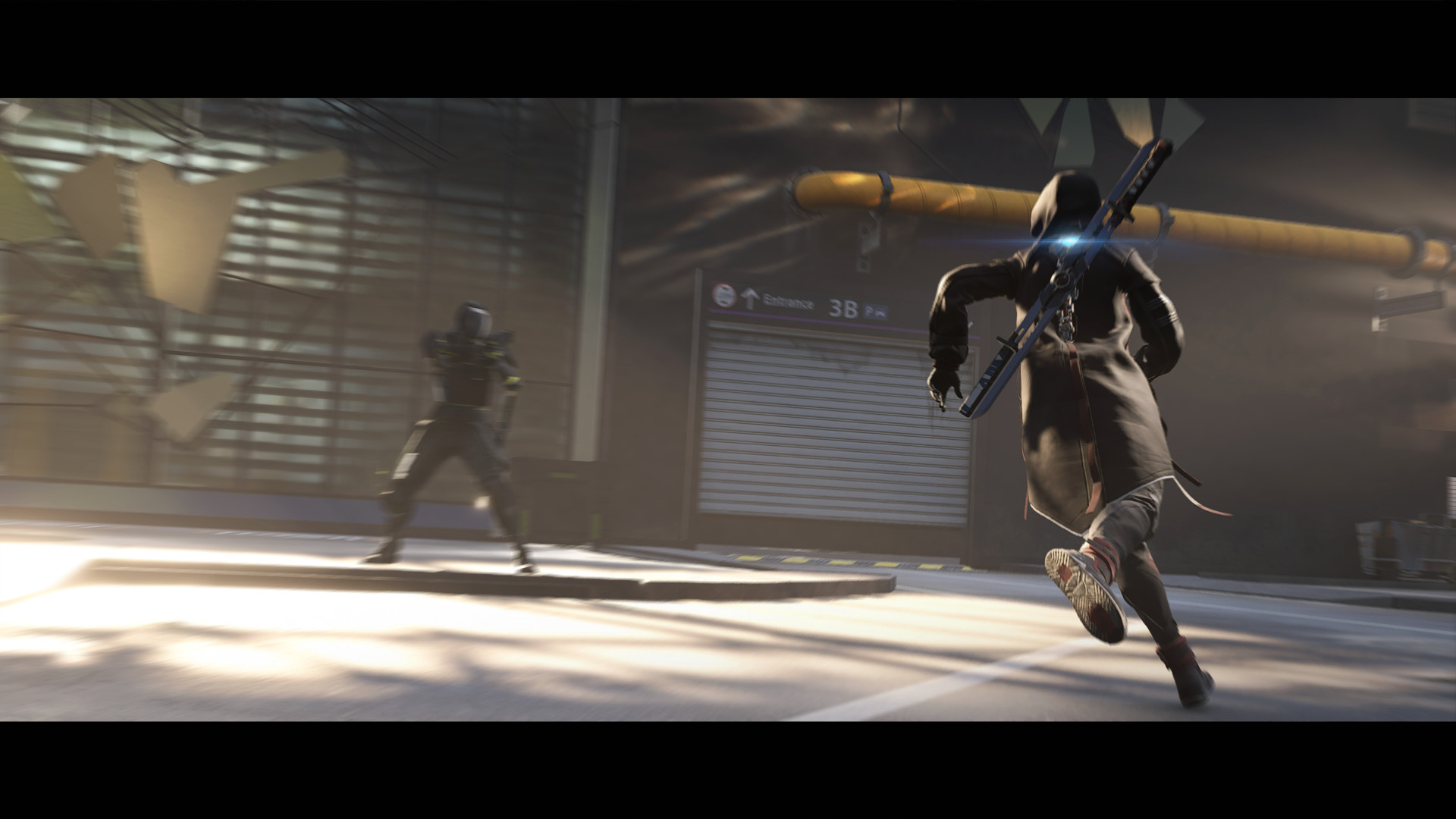
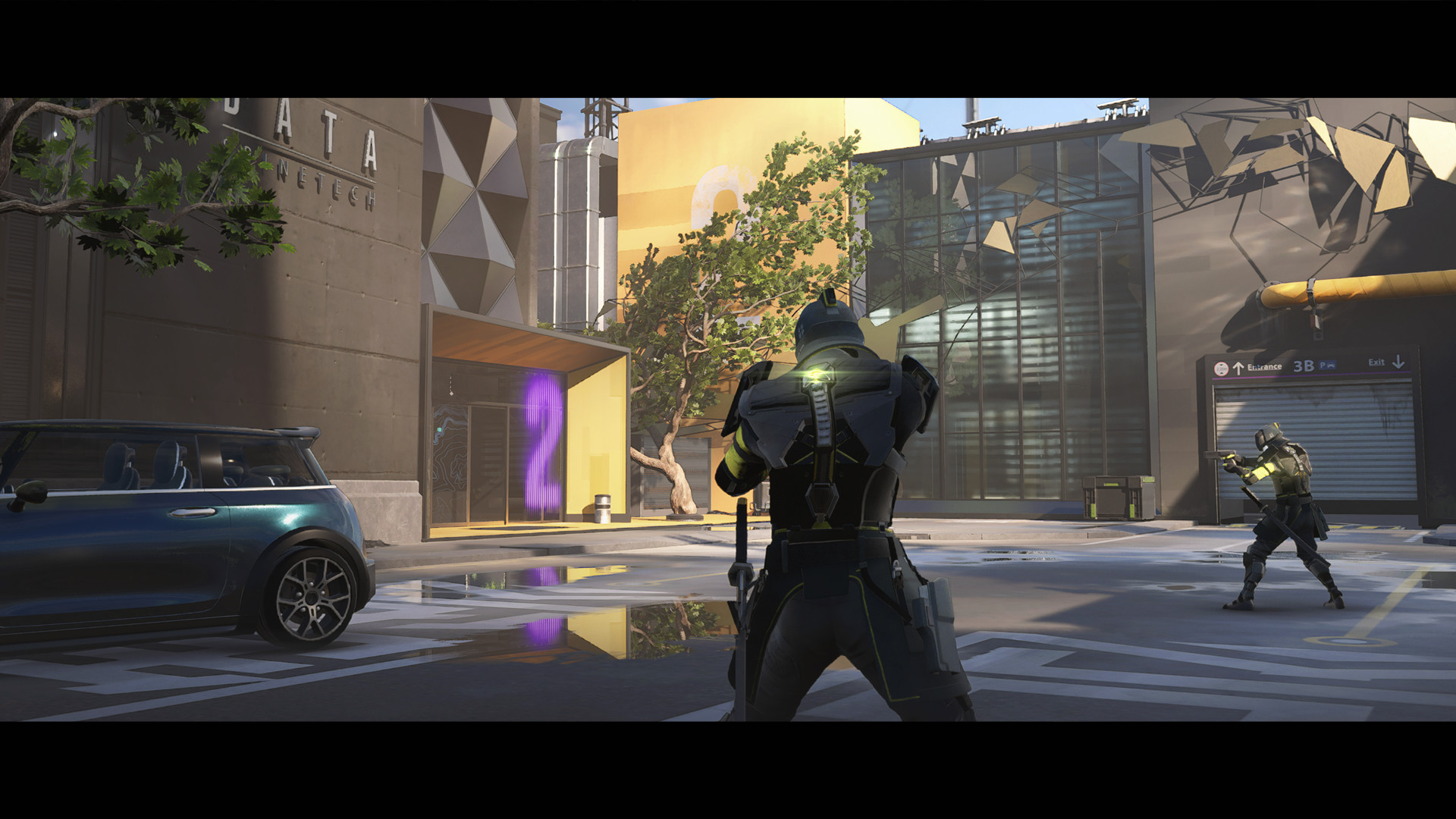
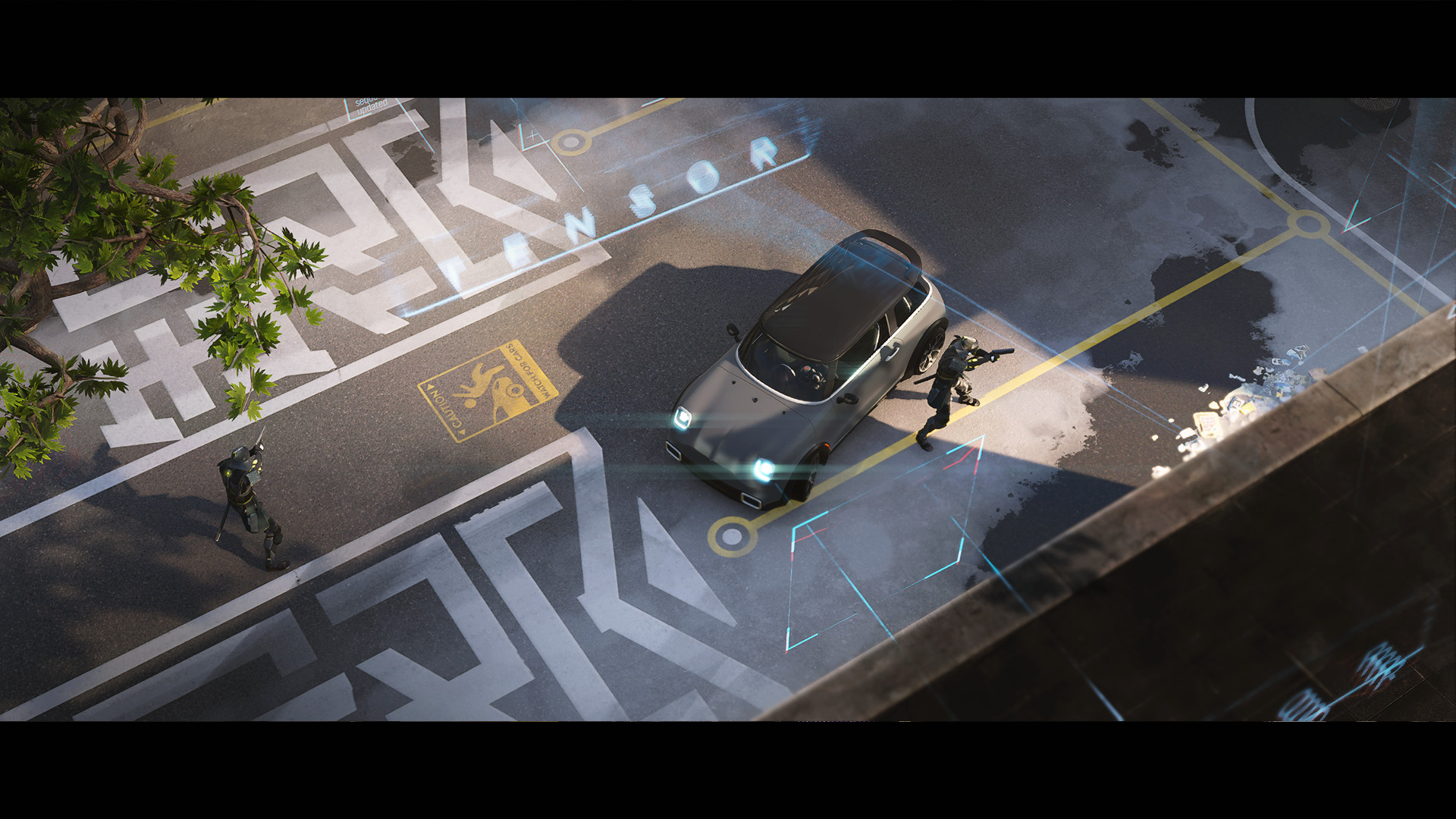
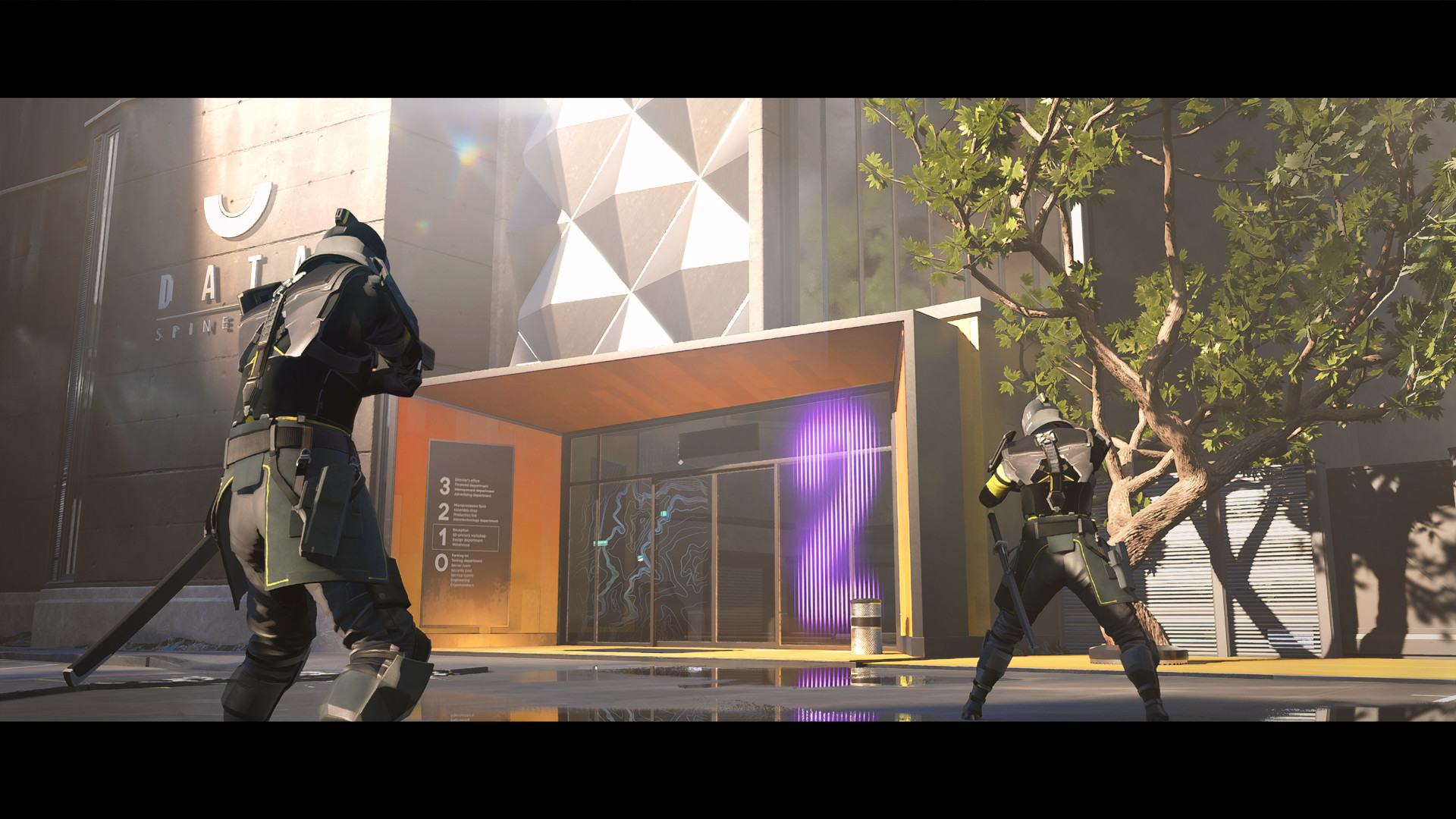
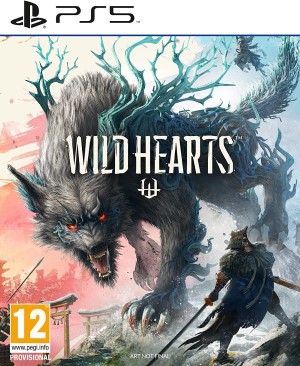



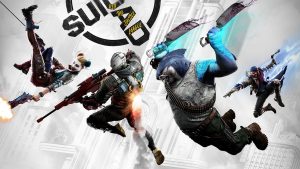




Share Your Thoughts Below (Always follow our comments policy!)